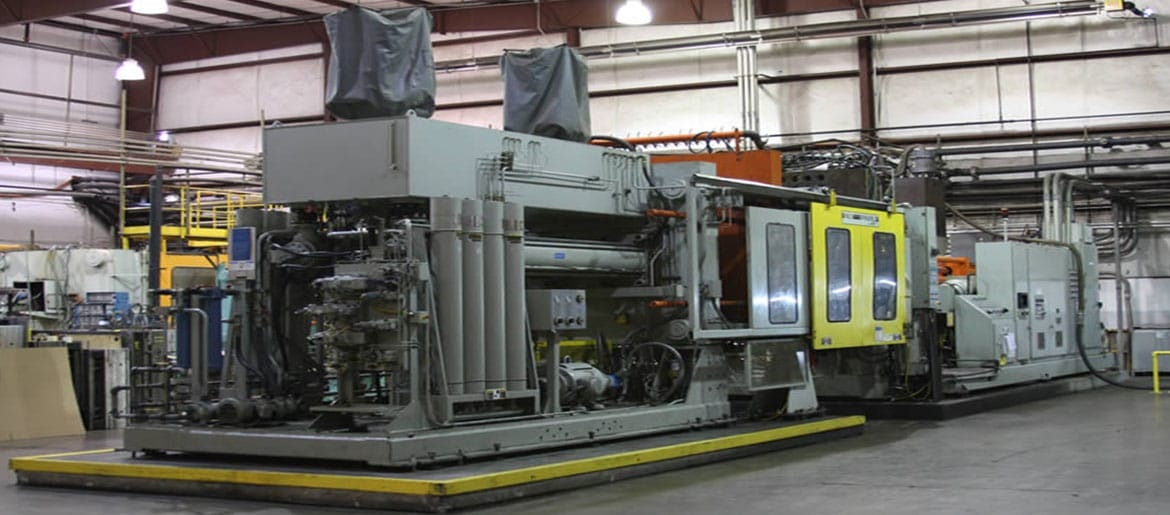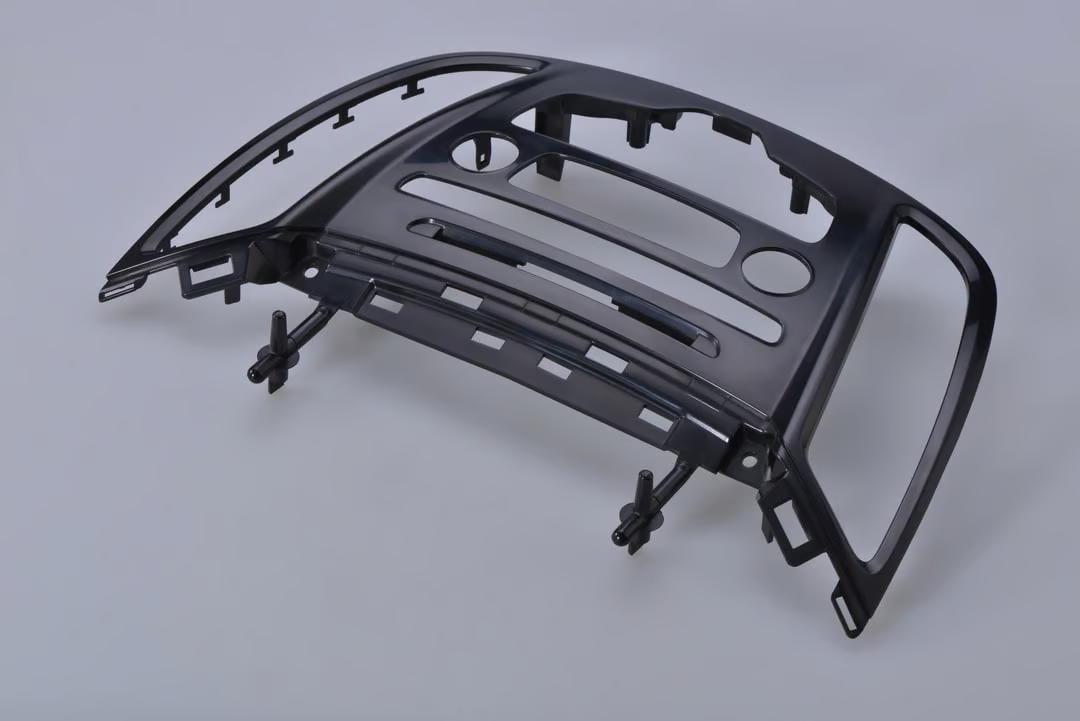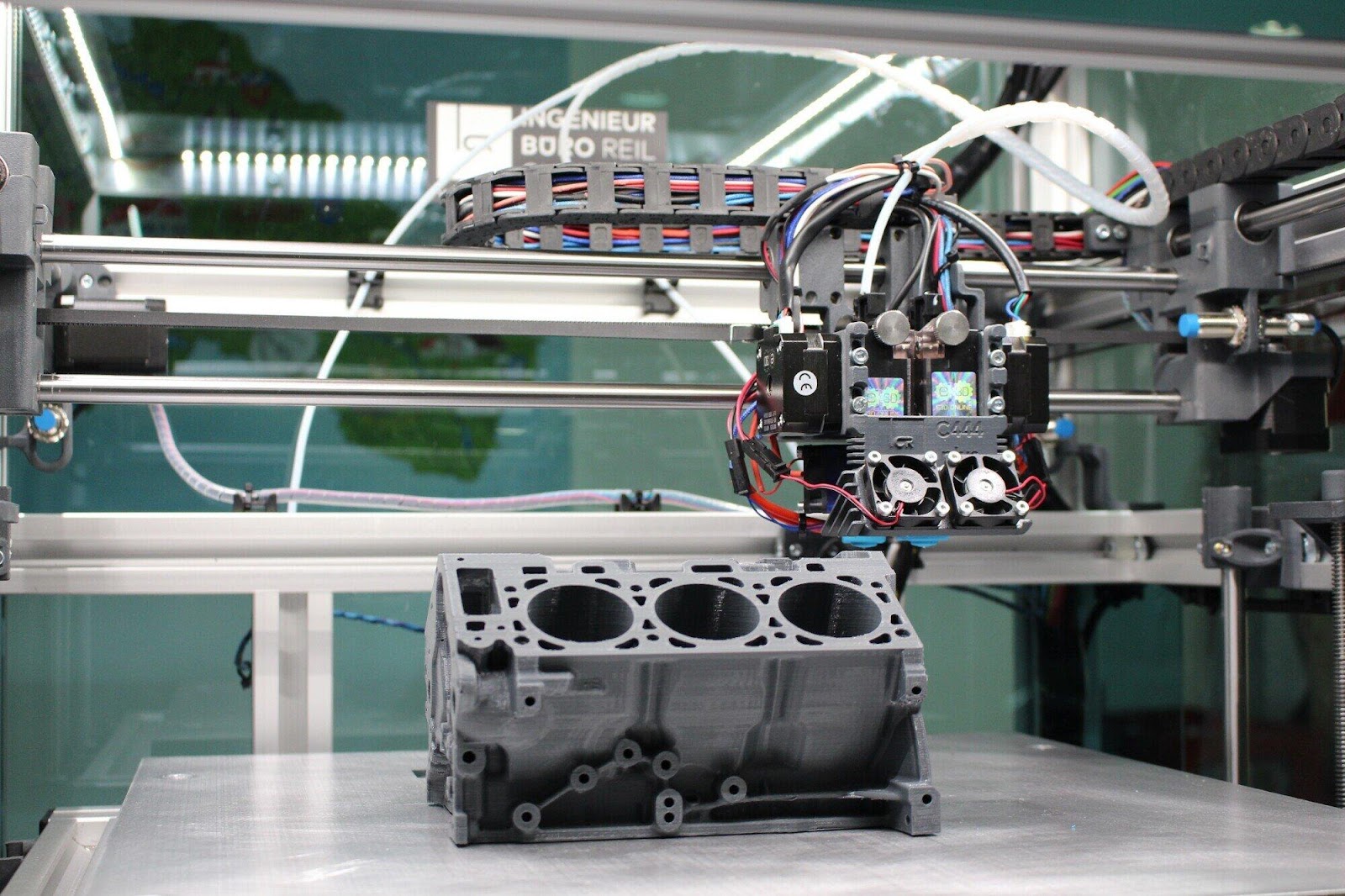Comments
- No comments found

At its heart, structural foam molding is an advanced process used to create a wide range of plastic parts.
By introducing a chemical blowing agent into the melted polymer, manufacturers can produce a cellular core structure with solid outer skins. The result? Products that are incredibly durable and rigid, yet lighter in weight compared to solid plastic parts. This technology cuts material use, boosts product strength, and allows for complex shapes. Let's explore how structural foam molding technology revolutionizes modern manufacturing.

One of the most remarkable benefits of structural foam molding is its ability to bolster product strength while keeping the overall weight minimal. This pivotal advantage enables manufacturers at Ferriot to innovate and produce more efficient yet durable products across a variety of industries, including automotive, aerospace, and consumer goods. The integration of a cellular core structure with solid outer skins not only reduces the weight of the components but also enhances their load-bearing capacity.
Consequently, this leads to significant cost savings in transportation and material usage, making the production process more sustainable. Additionally, the inherent strength of these components allows for the design of thinner walls without compromising on durability or functionality. Ultimately, structural foam molding offers a pragmatic solution for achieving lightweight design without sacrificing strength, marking a significant stride in the evolution of manufacturing technologies.
The process of structural foam molding offers manufacturers a cost-effective solution that's twofold. First, it allows for a reduction in material usage. By creating a cellular core, less material is required to produce a part, cutting down on raw material costs. Additionally, the lighter weight of the end product can lead to more economical transportation, as well as savings in packaging and overall logistics.
Second, structural foam molding typically employs lower operating pressures and reduced clamping forces, which translates to more affordable tooling and equipment expenses. Furthermore, the cycle times in structural foam molding are often shorter compared to traditional methods, contributing to overall production cost savings.
Structural foam molding is renowned for its ability to produce complex shapes and intricate designs that were previously impossible or economically unfeasible to manufacture. Due to the lower processing pressures, structural foam molding eliminates concerns about sink marks on thicker sections of a part, making it a viable option for producing parts with varying wall thicknesses.

Moreover, since structural foam molding uses lower temperatures during the manufacturing process, heat-sensitive materials can be utilized without compromising their structural integrity. This flexibility in design and material selection opens up a whole new world of possibilities for manufacturers looking to push boundaries and create innovative products.
Structural foam molding produces parts with excellent insulation properties, standing out in applications needing thermal or acoustic insulation. This benefit comes from the parts' cellular core, which effectively blocks heat transfer and sound waves. Thus, structural foam parts are ideal for energy-efficient appliances, insulation panels, and automotive applications aiming for noise reduction.
Additionally, the enhanced insulation can save costs by lowering energy use in temperature-sensitive products like fridges and AC units. Manufacturers appreciate this feature, as it boosts product appeal in markets valuing energy efficiency and quietness. Therefore, the improved insulation from structural foam molding isn't just an engineering win; it's a practical step toward environmental sustainability.
In recent years, the focus on environmental sustainability has become increasingly prominent. Structural foam molding contributes to this effort by reducing material waste and overall energy consumption in manufacturing processes. The lightweight design of structural foam parts translates into lower shipping emissions, while the potential for thinner walls leads to reduced raw material usage.
Many companies utilize recycled plastics in their structural foam molding processes, further reducing the carbon footprint of production. This commitment to environmental sustainability is not only beneficial from a corporate social responsibility standpoint but also aligns with consumer demand for environmentally friendly products.
As technological advancements continue to shape the manufacturing landscape, companies must stay ahead of the curve to remain competitive in their markets. Structural foam molding offers manufacturers a versatile solution that can be adapted to fit various production needs, making it an attractive option for companies looking to diversify or expand their product lines.
The cost-effective nature of structural foam molding allows for a more competitive pricing of products, giving companies a competitive edge. The benefits of structural foam molding extend beyond just the manufacturing process, as it offers manufacturers an opportunity to differentiate their products and stand out in crowded markets.
As industries evolve, consumer expectations and product standards rise. Companies embracing advanced technologies like structural foam molding can significantly benefit in cost savings, efficiency, and the chance to transform their products and operations. Businesses that leverage the potential of structural foam molding will shape their industry's future. It's more than a trend; it's a lasting technological advancement. Manufacturers should harness its full potential now.
Leave your comments
Post comment as a guest